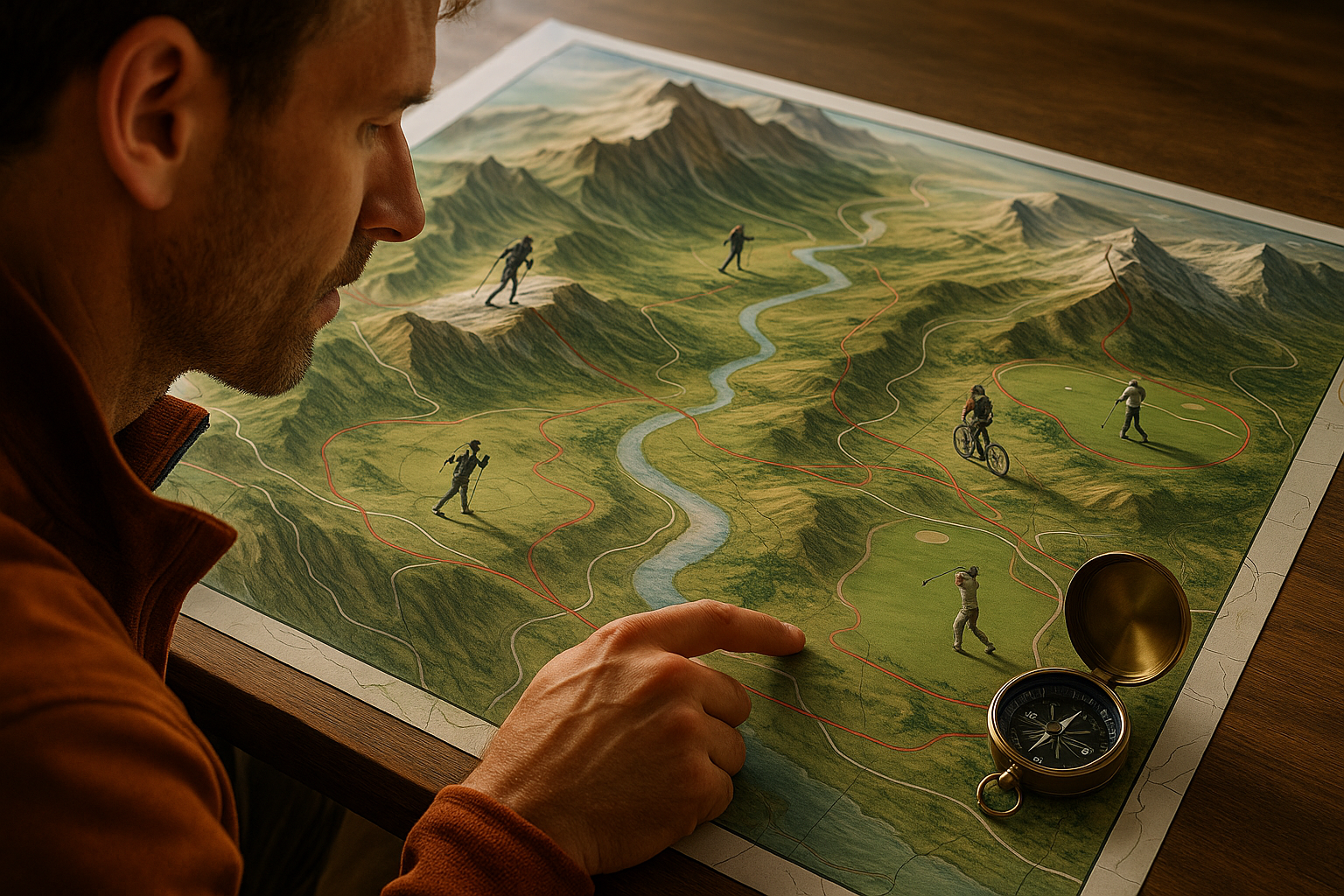The Intriguing World of Sports Cartography: Mapping Athletic Terrains
The world of sports is vast and varied, covering a wide array of disciplines, each with its own unique challenges and rewards. Among these, the discipline of sports cartography emerges as a fascinating intersection of athletics and geography. This article delves into the nuances of sports cartography, offering a fresh perspective on how mapping athletic terrains impacts the sports industry.

The Genesis of Sports Cartography
The connection between sports and geography may not be instantly apparent. However, upon closer scrutiny, it becomes clear that the geography of a place has a profound impact on the types of sports activities that flourish there. This realization gave birth to the niche field of sports cartography. Originating in the 20th century, sports cartography was initially used to map out hiking trails and cycling routes. Over time, it expanded to include different sports disciplines, like golf courses, ski resorts, and even the intricate design of athletic tracks.
Mapping Athletic Terrains: An In-depth Analysis
The process of sports mapping is multifaceted and involves the careful analysis of physical geography, climatic conditions, and human interaction with the environment. For example, mapping a golf course requires a keen understanding of the topography, soil composition, and water drainage patterns. Similarly, creating a map for a marathon involves considering factors like road conditions, elevation changes, and public infrastructure.
Benefits and Challenges of Sports Cartography
Sports cartography offers numerous benefits. For athletes, it provides critical insights into the terrain they will be dealing with, allowing them to strategize and prepare effectively. For event organizers, these maps serve as blueprints for setting up suitable infrastructure and emergency services. However, sports cartography is not without its challenges. Mapping dynamic environments, like mountain ranges or coastal areas, can be complex due to the constant changes in these landscapes.
Sports Cartography in the Real World
The practical applications of sports cartography are numerous. In orienteering, a sport that requires navigation using a map and compass, accurate cartographic representations are vital. In the world of professional cycling, detailed maps of the route assist riders in formulating their race strategy. Even in the realm of recreational sports, such as hiking or trail running, sports cartography plays a crucial role in ensuring safety and enhancing the overall experience.
Looking Ahead: The Future of Sports Cartography
As we move forward, the role of sports cartography is set to become even more significant. With advancements in technology, we can expect more accurate, detailed, and interactive sports maps. The integration of virtual reality and augmented reality into sports cartography could revolutionize the way athletes train and compete.
In conclusion, sports cartography, though a niche field, plays a vital role in the sports industry. By mapping athletic terrains, it not only enhances athletic performance but also enriches our understanding of the fascinating interplay between geography and sports.



